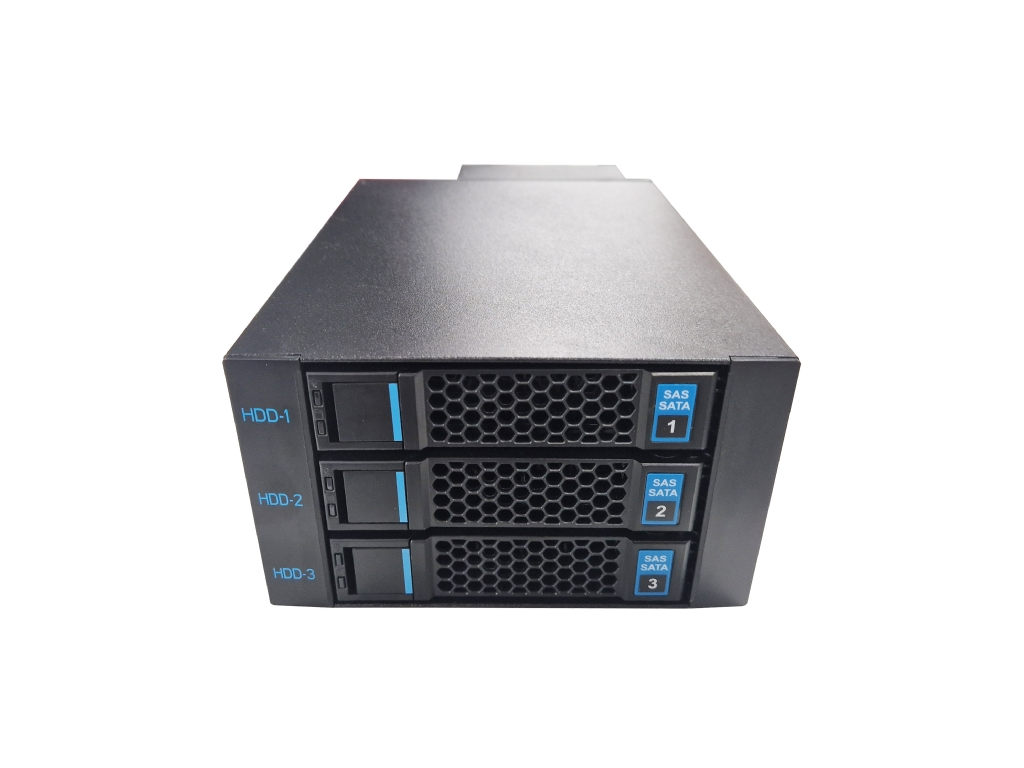I am a Computer Hardware professional. I started working with computer technology in the early eighties. I have seen the evolution of technology starting with closed platforms like the game console era and then the move toward open platforms like the Home Computer Golden Age. In the last 5 or 10 years, I have witnessed technology changes that are slowly moving away from open hardware designs towards hardware that is locked down and can’t be modified by the user.
It’s the same with NVMe, what do you mean.
Have you ever opened a 2.5" sata ssd? half of the box is empty, it’s just there so you can screw it to the case on the other side. I hope that form factor will die soon. We need nvme in m.2 format for everything small, and 3.5" for servers. 2.5" should disappear.
2.5in is rather common in servers these days.
NO! I JUST BOUGHT LIKE $600 WORTH OF DRIVES AND EQUIPMENT TO MAKE MY COMPUTER A FRONT LOADER!!! And I’m going to buy several 4TB drives in this form factor…just over the coarse of the next few years. Maybe like 10 of them in 5 years.
I don’t said your devices will stop working, you misunderstand the whole conversation. Form factors change all time, I have here a 5.25" 8 MB HDD next to me. “Planned obsolescence” that I can’t use a 30 years old component? You can hardly buy a motherboard with floppy or IDE/PATA ports. Do you also miss them?
I mean, it’s expected that new devices won’t have all the old ports, like USB killed all the serial and parallel and other terrible single use ports, thanks god. You can always buy dongles, like, I have IDE-USB converter so I can still use my old devices. I recently bought a laptop IDE-m.2 converter, so I can use m.2 sata SSD in a Win-98 era laptop. Where is this obsolescence, I could work it around easily. SATA won’t disappear, and 2.5" to 3.5" adapters are cheap as hell, as it’s just a plastic frame.
I’m still using the 5.25" drive bays in my computer…
spoiler
…to hold 3.5" drives, LOL
What they need to do is take that mostly empty 2.5" drive, and cram it full of flash chips. Why have we been stuck with 8TB as the largest consumer drives for a few years now? I can understand it a bit for NVMe due to the physical form factor, but there’s no excuse for 2.5" drives. It doesn’t seem that complicated. For example, all Samsung would have to do is take the 2.5" 8TB 870 QVO, double the number of chips in it, then sell it for twice the price. I’d buy one.
Presumably the demand isn’t there, £1200 is a lot for a consumer drive and spinning rust is 1/3 the price.
Demand might be low, but on the other hand the cost to develop and manufacture a run of the drives may not be too high either.
I do have to say the increase in flash memory prices haven’t helped. A year ago I bought the Samsung 8TB drive for $300 (US). If they had a 16TB model for $600-$700 I would have bought it.
The consumer grade 2.5" drives may be half empty, but the enterprise grade ones are mostly heatsink so they don’t thermal throttle within a minute of heavy use. M.2 drives are way too small. It was fine for SATA speeds, but not for the PCIe 5 NVMe drives.